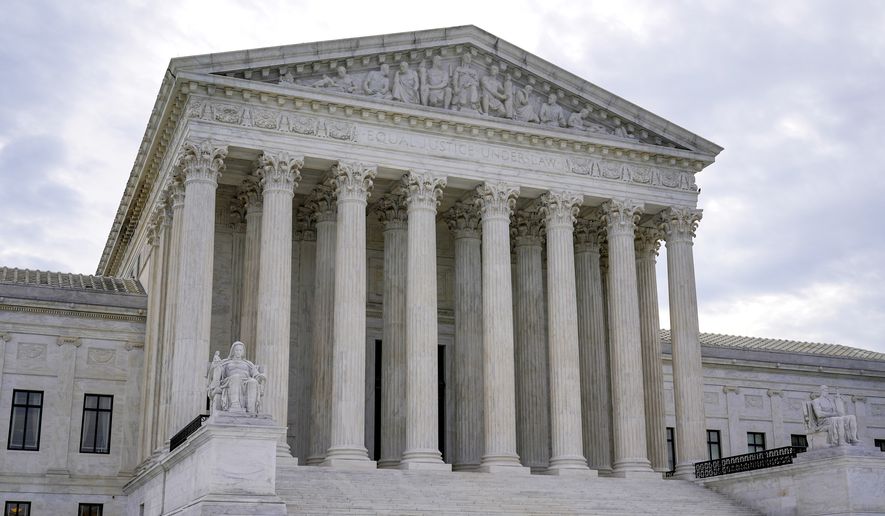The Supreme Court ruled Friday that opponents of Texas’ new abortion law have only a narrow window to challenge it in federal court at this point.
The decision was a minor skirmish over legal procedure and who can be sued. But given the stakes involved for abortion politics, both sides of the debate read major implications into the ruling.
For now, Texas’ law remains in effect and the case did not reach issues of its constitutionality. Rather, the decision was about the law’s novel enforcement mechanism, which allows private citizens to sue those who perform abortions in violation of the statute.
Opponents had sued court clerks, state officials and a state judge, arguing they should be blocked from accepting, processing or hearing the challenges for a law they said was unconstitutional under the 1973 Roe v. Wade ruling.
Justice Neil M. Gorsuch, delivering the court’s key opinion, said most of those defendants are immune from that kind of lawsuit. But he said the law’s opponents can sue some state officials, including the directors of the nursing board, the pharmacy board and the health and human services commission.
“While this court’s precedents foreclose some of the petitioners’ claims for relief, others survive,” he wrote.
The decision means most of the battle over the law will take place in state courts, not the federal judiciary.
In a vigorous opinion complaining about those limits, Chief Justice John G. Roberts Jr. suggested the court was ceding its own powers to referee big constitutional issues.
“The nature of the federal right infringed does not matter; it is the role of the Supreme Court in our constitutional system that is at stake,” he wrote.
Justice Gorsuch was joined in his ruling by four other conservative justices. Chief Justice Roberts led the opposition, though Justice Sonia Sotomayor filed another opinion even more stern in its complaints, calling the ruling a “dangerous departure.”
She predicted other states will follow Texas’ lead and pass laws to circumscribe federally guaranteed rights through similar means. She suggested liberal states may target gun rights.
The court had previously allowed the Texas law to remain in effect, and Friday’s case was a more narrow question about whom opponents can sue as they try to stop enforcement.
Still, activists on both sides of the aisle cast the decision as a major abortion-rights test.
“Today, the Supreme Court largely left in place a Texas law that protects life and sends a message that every life is valuable. This is victory for Texas and the pro-life movement,” said Sen. Ted Cruz, Texas Republican.
The American Civil Liberties Union, which helped argue the case for the law’s opponents, called the ruling a “betrayal” and echoed Justice Sotomayor’s prediction that other rights soon will be targeted by similar schemes.
Texas’ law prohibits abortions after a fetal heartbeat is detected. But it leaves enforcement “exclusively” to private actors, rather than the state. Those private actors can sue for $10,000 in damages.
That approach avoids the easy challenges that have doomed past state laws, where courts have issued injunctions against the state itself.
Instead, the Texas law’s opponents were left to argue that the courts shouldn’t allow the cases to be filed and that the state medical officials shouldn’t be allowed to take disciplinary action.
The state officials are still viable targets for a federal lawsuit, but the court system is not, Justice Gorsuch said, citing longstanding immunity provisions.
Challenges in state courts are governed by the state’s own law.
And challenges later in the process, once the law is enforced by private lawsuits, are also likely to be brought.
The Texas case comes as the high court is delving more deeply into abortion than it has in decades. This month the justices heard oral arguments on a Mississippi law that seeks to overturn Roe v. Wade, the 1973 decision that established a national right to abortion.
During that argument, a majority of justices seemed poised to eat into the current abortion dividing line of viability — about 24 weeks — when the right to abortion is considered sacrosanct and states are not allowed to prohibit it.
• Stephen Dinan can be reached at sdinan@washingtontimes.com.




Please read our comment policy before commenting.